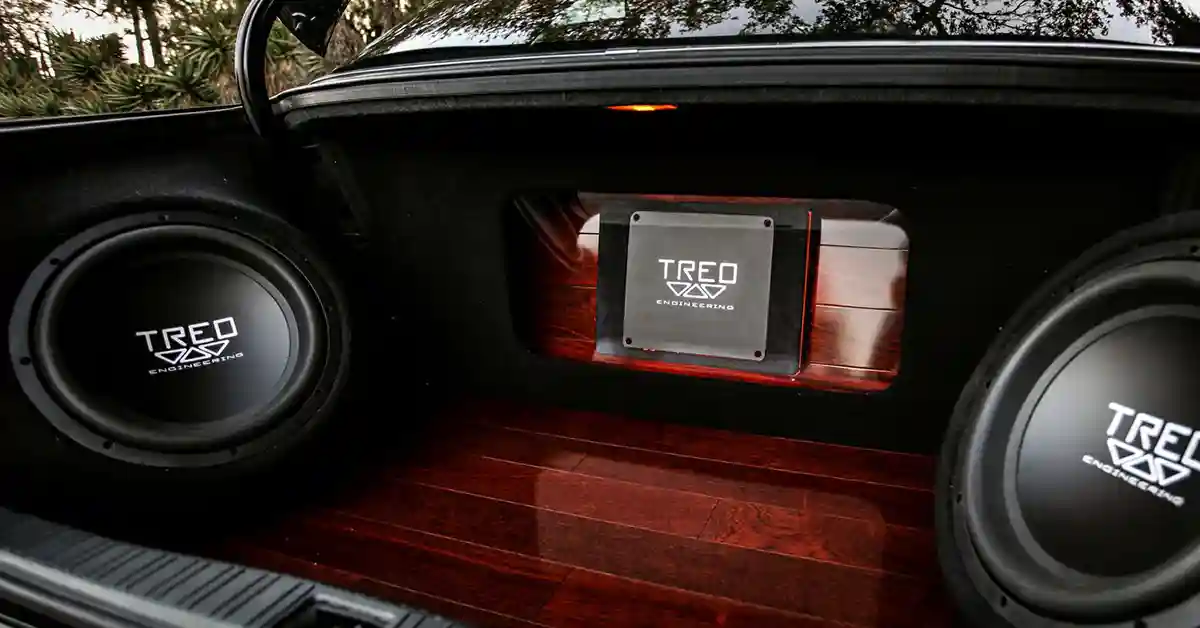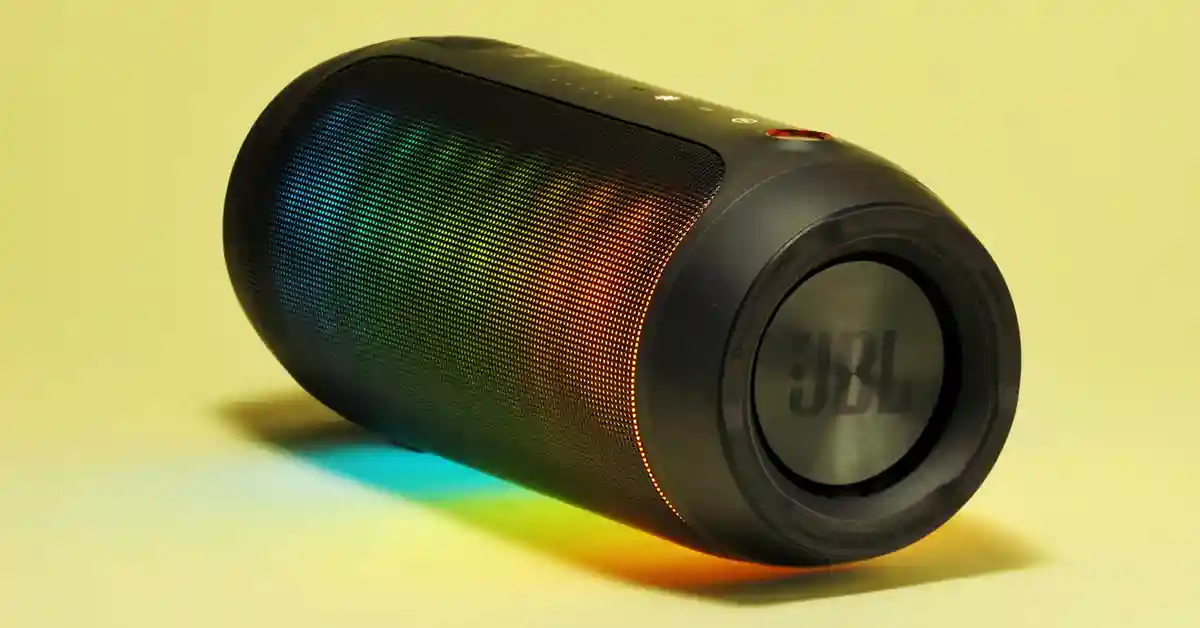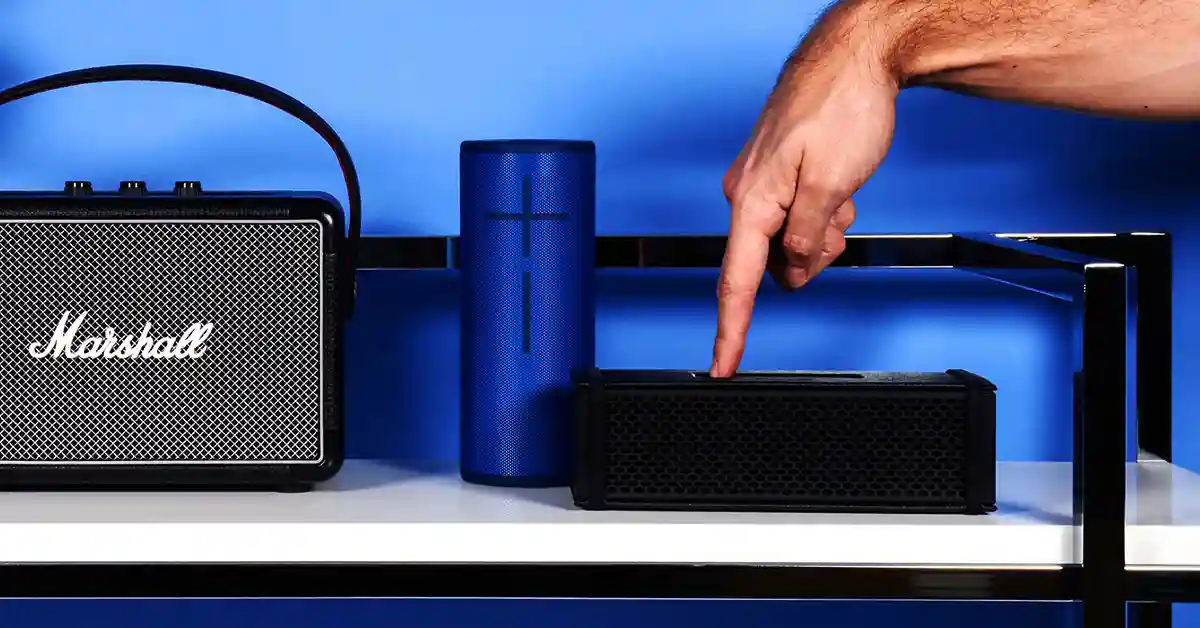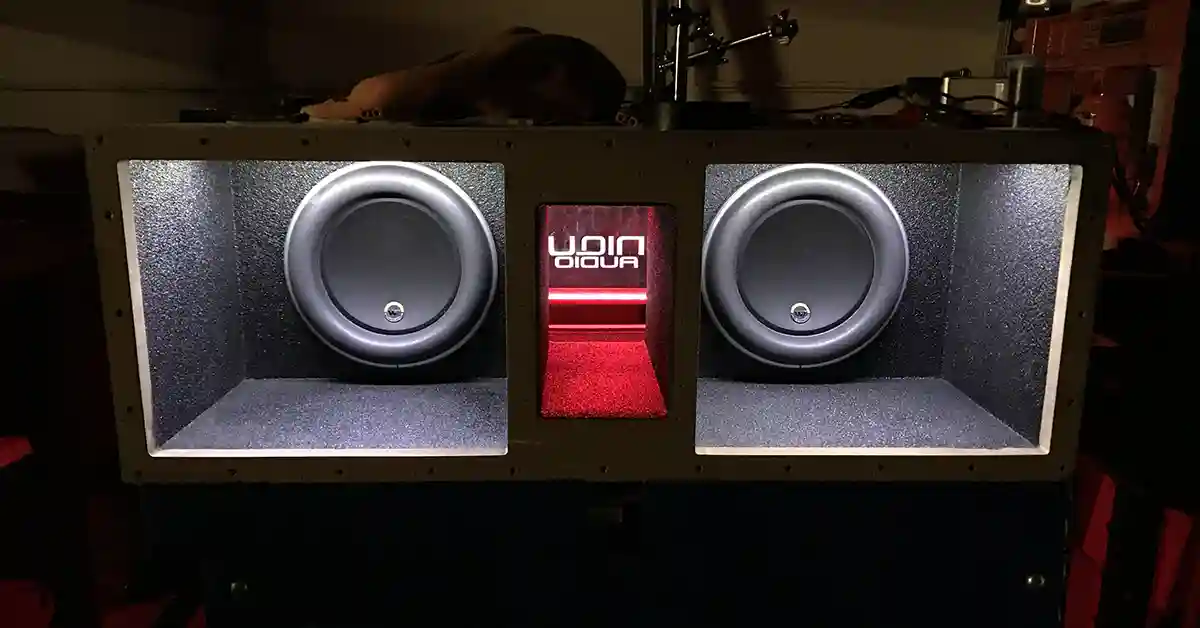How To Connect A Subwoofer To Speaker Level Outputs
Some of the old receivers don’t have a default output for your subwoofer to connect to the speaker. You have to manipulate the wiring and find a different angle when connecting your speakers to a subwoofer.
Normally, an audio signal is sent and received by the subwoofer and speakers, all the equipment reads the signal at the same time. So what do you do when the sound is produced from different angles? How to connect a subwoofer to speakers? Or if your subwoofer does not have an available output connection?
We will be exploring these thoughts and more, strap in because it is going to be a fun one!
What Are Speaker Level Outputs On My Subwoofer?
Speaker-level outputs consist of a right and left channel. They tend to speaker inputs as well. You’re not plugging a subwoofer output on the sound receiver, you’re routing the speaker cables into the sub, and then to the speakers.
The outputs are used to connect your main speakers to the subwoofer. Learn more about speaker by watching this video.
This output option provides an efficient way to connect a powered speaker to a mixer. The output is also known as the “thru” connection.
How Do Speaker Level Outputs Work?
They make sound through the vibrations caused by the cone of the speaker. The vibrations move through the air to hit your eardrum, releasing the sound into your ear canal. That is the simplest way to explain sound from a speaker, but how does everything work internally?
Subwoofers with speaker line inputs have a high impedance electrical circuit inside the unit. This circuit picks up the signal. It could be a high pass filter or low pass filter that passes all signals with their respective minimum frequency. If it is a high filter, the frequency needs to be above a certain limit, if it is a low filter, the frequency needs to be below a certain level. At the place of the cutoff frequency (the crossover frequency), the crossover blocks any undesired frequencies passing that certain level. These frequencies have to be high-end because they are sent to the speakers. Ensure that you set your subwoofer crossover properly.
Sometimes the low pass filters sneak into the signals to the sub, it provides balance to your bass and makes sure that you can also hear the music properly.
The filter then gives the subwoofers amp or amps the frequency that drives the connected speakers through the subwoofer speaker line out. Of course, these signals need to be separated! Some subs will have a high pass filter that will pass higher frequencies to the main speakers and a low pass filter that will pass the frequencies to the sub.
Subwoofer Speaker Connection
Below are some questions and answers to clarify certain topics.
What Is Speaker-level Input?
They are used to connect your speaker and amplifier. Use your speaker-level inputs to connect an amplifier to a radio that does not have low-level inputs.
How Do I Get More Bass Out Of My Subwoofer?
Switch off your system. Turn the low-pass filter up to its max and the bass boost off. Turn your subwoofer amp gain down to its lowest. Turn the unit head-on and set all of the tone controls to their middle settings. Switch your system on and play a song that you're familiar with. Notice the changes in bass and higher-level frequencies.
What If Your Subwoofer Doesn’t Have Speaker Level Inputs
Some subwoofers don’t have all of the inputs and outputs, it depends on the models, type of subwoofer, year of the speaker, etc. There are some standards that a subwoofer adheres to, like the on and off switch and volume control. Here are some examples of what you might find on a subwoofer:
- Power input (to connect to the main source)
- On and off switch
- A pair of RCA input jacks
- Subwoofer crossover adjustment
- Subwoofer level adjustment know (used to boost the amplifier)
So what if you don’t have speaker-level inputs? It isn’t a train smash, it just means that you’re going to have to look for a different option. The low-level input usually requires a single RCA cable to connect to your AV receiver. With no input, some audio gurus would advise you to simply purchase a new subwoofer, preferably one of theirs. You can, however, buy subwoofer cables, which aren’t necessary as well. If you do have an RCA interconnect lying around, that will work!
For an alternative method, we’ve got you covered.
How To Connect A Subwoofer To Speaker Level Outputs
Check The Specifications On Your Receiver
Connecting a subwoofer to your outputs is an easy job with the correct planning. Check the specifications of your receiver first. You don't want to force any plugs into any outputs. Grab the receiver's manual for specs or if you don't have the manual, Google the model of the receiver for the specifications. You'll be able to know what your options are with the inputs and outputs.
Some of the recent receivers have a dedicated subwoofer output. You can connect your sub and receiver with this output. Any low-frequency effects signal will be fed to your sub.
Check The Specifications On Your Subwoofer.
Look for the input or output connection options on your subwoofer. Yet again, this can be done by looking at your subwoofers manual or searching for the model on Google. Check the back of your sub as well for any outputs and inputs related to connecting your sub to a receiver or amplifier. The connection could be at the side or front of your sub too.
Once you have the specifications, it reduces time-wasting. You will know what to connect at which input or output. The setup is quite easy once you've planned and inspected your equipment.
Use Two Speaker Wires To Connect To The Front And Back Of The Sub On The Left And Right Audio Channels.
Using two speaker wires instead of one is a different setup. We use one speaker wire when working with modern speakers with a dedicated output for amplifiers or receivers. The reason for the two speaker wires is more so to make a connection to the front and the back of the subwoofer. You will make this connection on the right and left audio channels. Here are the steps:
- Run one of the speaker wires from the left and right audio channels to the front of the subwoofer
- Run the other wire to the back of the sub.
- Use the subwoofer’s filter to adjust the bass.
Sometimes you don’t want to use the speaker wire, you would prefer to use a speaker connector. A high-level audio connection will be the aim of the connector. The connector has one cable to connect to the subwoofer with three ends connecting the receiver. This is the alternative method to establish the connection, here are the steps:
- Identify if your speaker has the necessary connection types for the connector.
- Connect the three wires to the receiver.
- Connect the wires to 2 positive ports on the left and right audio channels.
- Connect the remaining wire to the negative port, it can go to the left or right audio channel.
Both methods will result in a high-level audio connection. The bass on your subwoofer will remain the same unless you adjust it to increase or decrease.
- Adjust The Filter On The Subwoofer To Clarify The Audio.
Once you have chosen the type of connection for your subwoofer and receiver, it’s time to adjust to your desired output. You can adjust the filter to provide clarity of audio. This means that if you want a lot of bass, you need to find a balance between high levels of bass and audio. Hearing the music with some bass is perfect harmony. You don’t want any humming or scratching from your music. Increasing the volume of your music can also increase your bass, make sure you establish a balance.
There are some special tools and equipment you can use to test signal emissions for a more precise harmony.
- Enjoy The Bass From Your Subwoofer
No need to stress now, all the heavy lifting is taken care of. You can set your system in a cool, ventilated area and enjoy the sounds. If your sound system is used as a home theater, the sound effects, the speech, the explosions, everything will have an extra bass to it! Enjoy the vibrations but make sure to keep the volume at a minimum.
How To Control Speaker Level Output Volume
Controlling your speaker volume and subwoofer can be done separately. It might not be easy but it is possible. The volume of your music and the amount of bass comes down to balance. The components of the system work together to produce sound. You can establish a set sound for your subwoofer and just control the volume of your speaker. Keeping the bass constant with the sound being adjusted.
Conclusion
A high level output signal for your subwoofer is possible. It doesn’t matter if you’re using an older receiver, a modern amplifier, and a subwoofer that is sort of old but also young. A connection can be made. You can enjoy your music at the ease of pushing a button. Setting up a subwoofer-speaker connection has never been made this easy!
Thanks for reading and stay tuned for upcoming articles!
Related Articles








